Japanese Barberry (Berberis thunbergii) is a deciduous shrub widely appreciated for its ornamental value. Belonging to the family Berberidaceae, this perennial plant originates from Japan and is commonly cultivated for its vibrant foliage and striking red berries. The popular cultivar, Berberis thunbergii f. atropurpurea, is especially prized for its deep red to violet leaves, which create a stunning contrast in garden landscapes.
This adaptable shrub is known for its hardiness and versatility, making it a favorite among gardeners seeking low-maintenance plants that provide year-round interest. With its compact growth habit and vibrant appearance, the Japanese Barberry is a reliable choice for borders, hedges, or standalone accents in various garden settings.
| Common name | Japanese Barberry, Thunberg’s Barberry |
| Botanical name | Berberis thunbergii |
| Family | Berberidaceae |
| Species | thunbergii |
| Origin | Asia (Japan) |
| Life cycle | Perennial |
| Plant type | Shrub |
| Hardiness zone | 4, 5, 6, 7, 8 |
| Sunlight | Full Sun |
| Maintenance | High |
| Soil condition | Clay |
| Drainage | Well-Drained |
| Growth rate | Medium |
| Spacing | 3 ft. – 6 ft. |
| Harvest time | Fall |
| Flowering period | Spring |
| Height | 3 ft. – 6 ft. |
| Flower color | Gold, Yellow |
| Leaf color | Gold, Yellow |
| Fruit color | Burgundy, Red |
| Stem color | Brown, Copper |
| Fruit type | Berry |
| Fruit benefit | Long-lasting |
| Leaf benefit | Showy |
| Flower benefit | Showy |
I. Appearance and Characteristics
Berberis thunbergii, the Japanese barberry, Thunberg’s barberry, or red barberry, is a species of flowering plant in the barberry family Berberidaceae, native to Japan and eastern Asia, though widely naturalized in China and North America, where it has become a problematic invasive in many places, leading to declines in species diversity, increased tick habitat, and soil changes.
B. thunbergii has deeply grooved, brown, spiny branches with a single (occasionally tridentine) spine (actually a highly modified leaf) at each shoot node. The leaves are green to blue-green (reddish or purple in some horticultural variants), very small, spatula to oval shaped, 12–24 millimeters (1⁄2–15⁄16 in) long and 3–15 millimeters (1⁄8–9⁄16 in) broad; they are produced in clusters of 2–6 on a dwarf shoot in the axil of each spine.
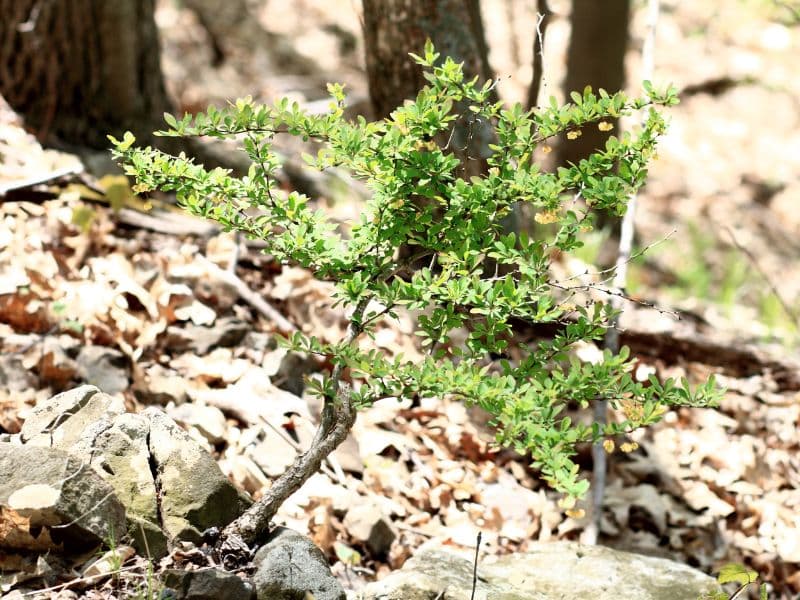
The flowers are pale yellow, 5–8 millimeters (3⁄16–5⁄16 in) diameter, produced in drooping 1–1.5 centimeters (3⁄8–5⁄8 in) long umbrella-shaped clusters of 2–5; flowering is from mid spring to early summer. The edible fruit is a glossy bright red to orange-red, ovoid berry 7–10 millimeters (9⁄32–13⁄32 in) long and 4–7 millimeters (5⁄32–9⁄32 in) broad, containing a single seed. They mature during late summer and fall and persist through the winter.
This species is sometimes confused with Berberis canadensis (American barberry), Berberis vulgaris (common or European barberry), and other deciduous Berberis species; it is most readily distinguished by the flowers being produced in umbels, not racemes.
II. How to Grow and Care
Sunlight
Japanese barberry grows best in full sun. But it can tolerate some shade, especially at the warmer end of its growing zones. Around seven hours of sunlight daily is ideal for bright, lush foliage.
Temperature and Humidity
Japanese barberry can adapt to many climate conditions and does well throughout USDA growing zones 4 to 8. It has good cold tolerance but prefers to be sheltered from strong winds. It can struggle in sweltering and humid conditions.
Watering
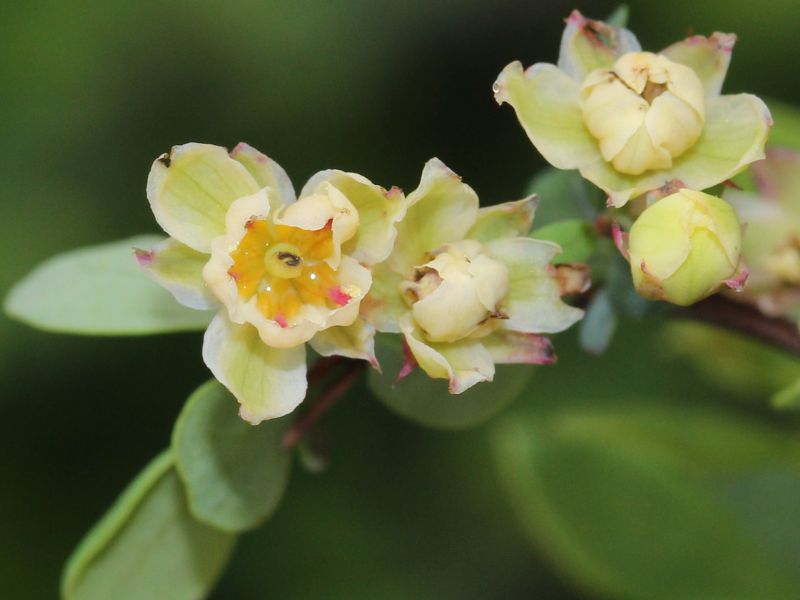
Japanese barberry has good drought tolerance, so you’ll likely only need to water your shrub during prolonged dry periods. If the plant’s leaves are wilting or falling off during the growing season, that’s a common sign it could use some water. Give a newly planted shrub regular watering to maintain slight moisture in the soil during its first growing season.
Soil
This shrub readily grows in average soil. It can tolerate a range of soil conditions as long as there is good drainage. Soggy soil can cause root rot.
Fertilizing
Fertilizing Japanese barberry is generally not necessary unless you have very poor soil. To boost plant health and vigor, you can fertilize your barberry in the late winter or early spring before flowering begins with a slow-release shrub fertilizer.
Pruning
Typically the most work you’ll have to do for this shrub is keeping it pruned, but even that’s minimal unless you are particular about its shape or size, such as creating a hedge. Pruning generally isn’t essential for Japanese barberry shrubs. You can leave them alone and only prune off dead, damaged, or diseased portions as needed.
Extensive pruning should occur immediately after the spring or early summer shrub flowers. Avoid pruning within two months of your projected first frost date in the fall (unless you remove damaged portions), as this can leave the shrub vulnerable to injury or disease.
Propagation
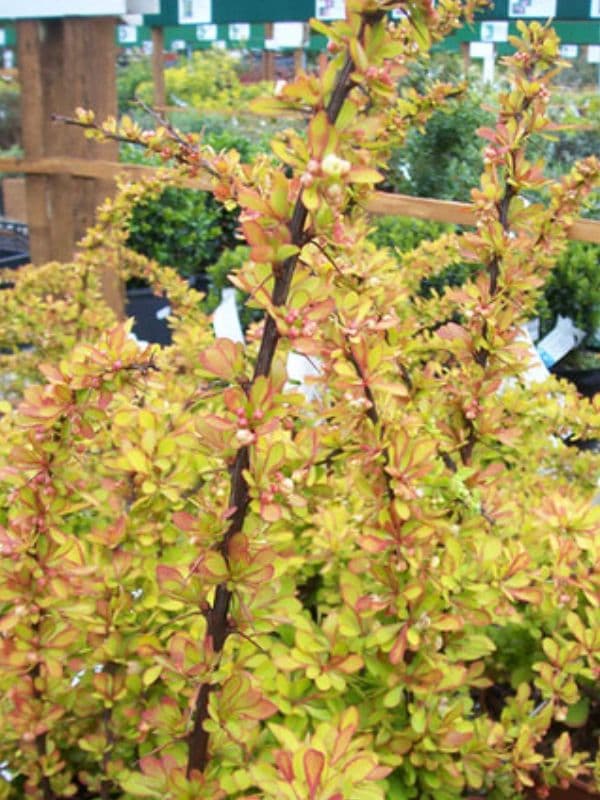
It’s easy to propagate Japanese barberry with cuttings, the preferred method over the more challenging way of growing from seeds. Take cuttings in the spring after the flowers have faded. You can also take semi-hardwood cuttings in the summer. Here’s how:
- Cut a 6-inch length of growth from the tip of a branch; cut below the leaf node.
- Remove shoots and leaves on the bottom of the cutting, but leave the greenery on the top half.
- Dip the shoot and any of its nodes in the rooting hormone to promote growth.
- Fill a pot with coarse sand, drench it with water, and let it drain. Once drained, plant the end of the cutting into the wet sand, but let the leaves stay above the sand.
- Mist the cutting with water, then cover the pot with a plastic bag to keep the cutting moist.
- Monitor the cutting; If the soil dries, add a bit of water, but not too much. Roots should appear within 21 days; tug on the plant to see if you feel any resistance from rooting.
- Once a good root system develops, transfer the cutting into a larger container with potting soil; continue to water.
In the fall, plant your new Japanese barberry plant in the landscape.
How to Grow From Seed
Considering Japanese barberry self-seeds so freely, it’s no surprise that propagating plants from seeds is easy. The tiny red berries contain small seeds that can be planted in almost any growing medium. Here’s how to grow from seed:
- Collect a few berries in the late summer or early fall. Mash the berries to extract seeds.
- Plant the seeds in pots filled with a moistened mix of peat moss or coir and sand.
- Cover the pots with plastic wrap, poke a few holes in the plastic, and place in the refrigerator for up to two months to stratify the seeds. Keep the potting medium moist.
- Remove from the fridge and place pots in a cold frame, keep watered, and watch for germination after pots warm up.
- Continue growing in the cold frame until plants reach about 3 inches in height. Transplant into larger containers and place in a protected area in dappled shade after frost danger has passed.
- Plant them in the garden in the early fall.
Overwintering
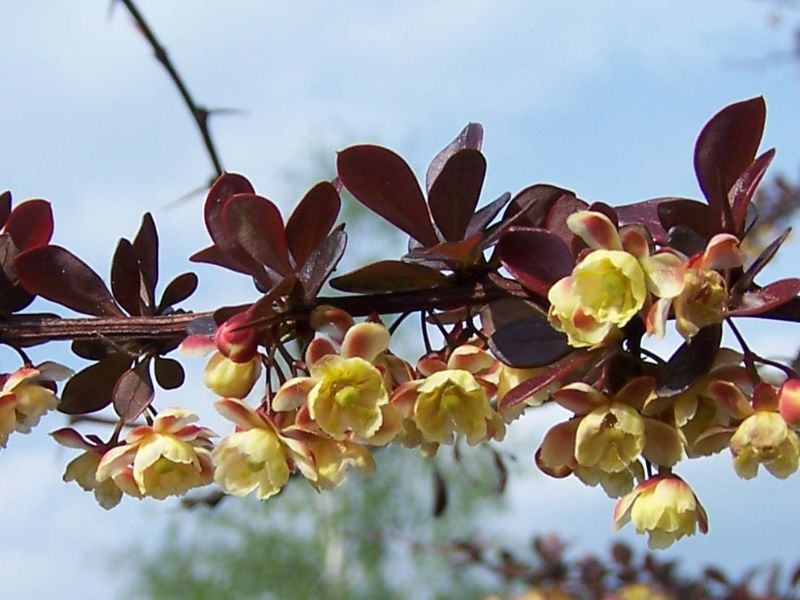
Japanese barberry requires no special winter protection within its hardiness range. However, it can be prone to damage from strong winter winds. Consider sheltering it or wrapping burlap material around wooden stakes to protect it from windburn.
How to Get to Bloom
The small yellow flowers of the Japanese barberry are not particularly showy. Still, they announce the coming of bright red berries with distinct winter appeal. When a shrub fails to bloom, it is usually because it is not receiving enough direct sunlight or because it is being over-fertilized. Severe pruning early in the growing season can also temporarily halt flower production. When pruning is necessary, it’s best to do it after the season’s flowers have faded or well before new spring growth begins.
Pests and Diseases
Common Pests & Plant Diseases
Japanese barberry shrubs are susceptible to scale insects and aphids, which will suck on the plant’s juices. Dislodge large infestations of aphids with a high-pressure garden hose spray.
Although Lyme disease ticks don’t invade Japanese barberry, they are attracted to it at home. Since barberry has denser foliage than most native species, the plants retain higher humidity levels which ticks need to survive. Ticks die when humidity levels drop below 80 percent and do not rise back up.5
Diseases that can afflict the plant include powdery mildew, verticillium wilt, anthracnose, and bacterial leaf spots. Use fungicides for most problems, but note that wilt may be irreversible and cause the shrub to die.
Common Problems
Japanese barberry is a straightforward plant to grow, with few disease or pest issues; however, several environmental factors can cause problems.
Sudden Death
This plant’s roots are intolerant of too much fluctuation in moisture. If it’s constantly dry and then soggily wet, these moisture extremes can cause sudden death to mature plants in the summer. To prevent this problem, spread a 2- to 4-inch layer of mulch over the roots and plant it in soil with organic matter to provide sufficient drainage and moisture retention.
Yellowing or Dead Spots on Lower Branches
Japanese barberry is a common plant used for hedges and borders along sidewalks. If you notice some yellowed or “burned” spots on the lower branches of Japanese barberry, it’s likely dog urine damage. Japanese barberry is not immune to dog urine burn, discoloring Japanese barberry foliage and killing low branches.
III. Uses and Benefits
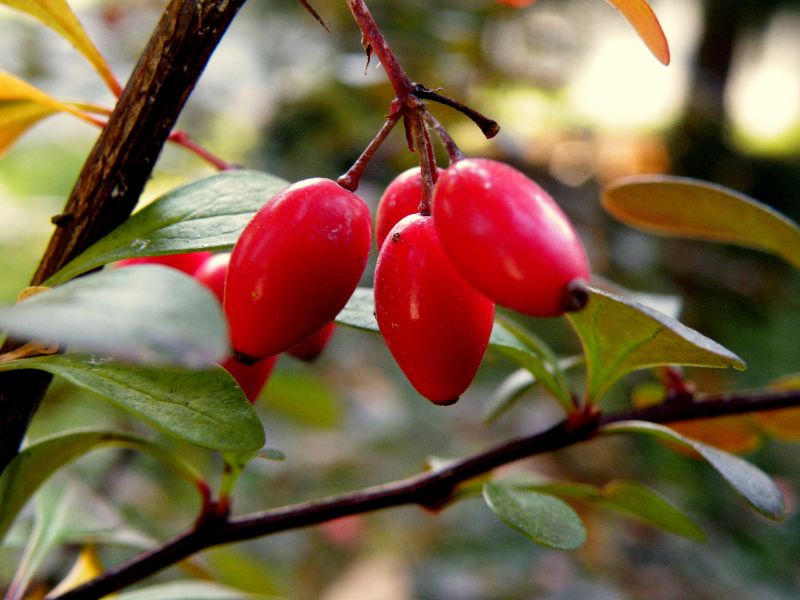
Berberis thunbergii is widely grown as an ornamental plant, both in Japan and elsewhere in the temperate Northern Hemisphere. Numerous cultivars have been selected, including plants selected for yellow, dark red to violet, or variegated foliage, erect growth (for hedge use), and dwarf size. In Brazil, the plant is popularly known as Japanese barberis, and is widely cultivated in hedges and flower beds.
IV. Types of Japanese Barberry
Several cultivars of Japanese barberry vary in size, shape, and appearance. Some have an upright and rounded growth habit, while others tend to spread out or remain relatively small. Plus, some shrubs feature striking foliage colors besides the typical green. Popular varieties include:
- ‘Crimson Pygmy’: True to its name on both counts, this variety bears reddish-purple foliage and remains compact. It usually reaches around 2 to 3 feet tall and wide.
- ‘Aurea’: This plant remains relatively short, topping out at 3 to 4 feet tall and slightly wider. It is known for its vibrant yellow foliage.
- ‘Rose Glow’: This variety reaches around 5 feet tall and 4 feet wide. Its claim to fame is that its leaves have three colors: a rosy red mottled with pink and white.
- ‘Concorde’: This compact, rounded shrub only reaches around 2 feet tall and wide. It features deep purple foliage that becomes even more vivid in the fall.
Find Where to Buy the Best Japanese Barberry (Berberis thunbergii)


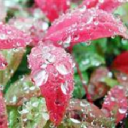




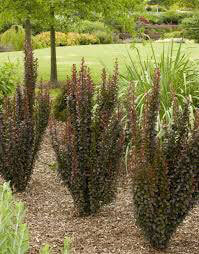


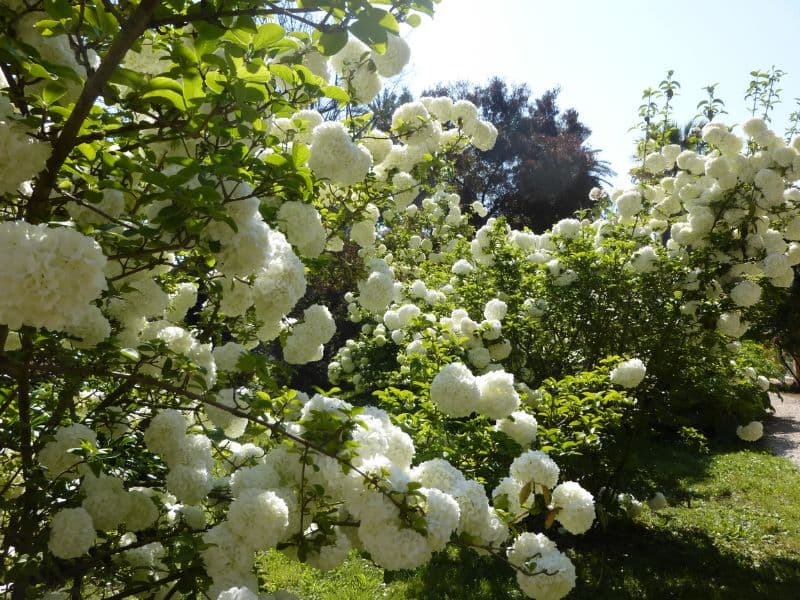
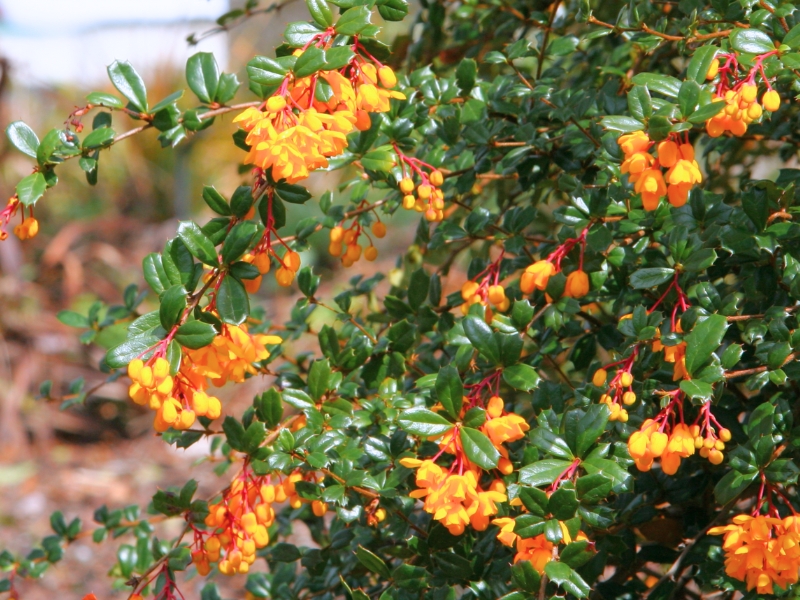
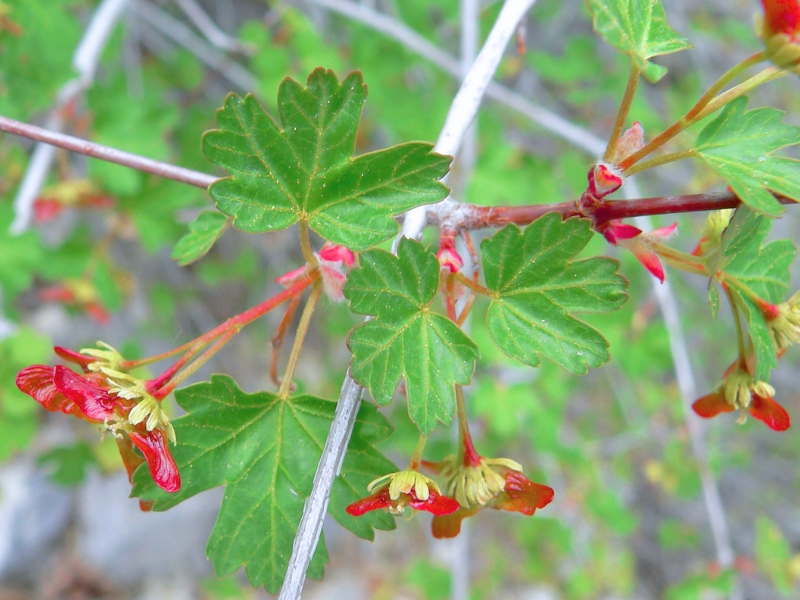
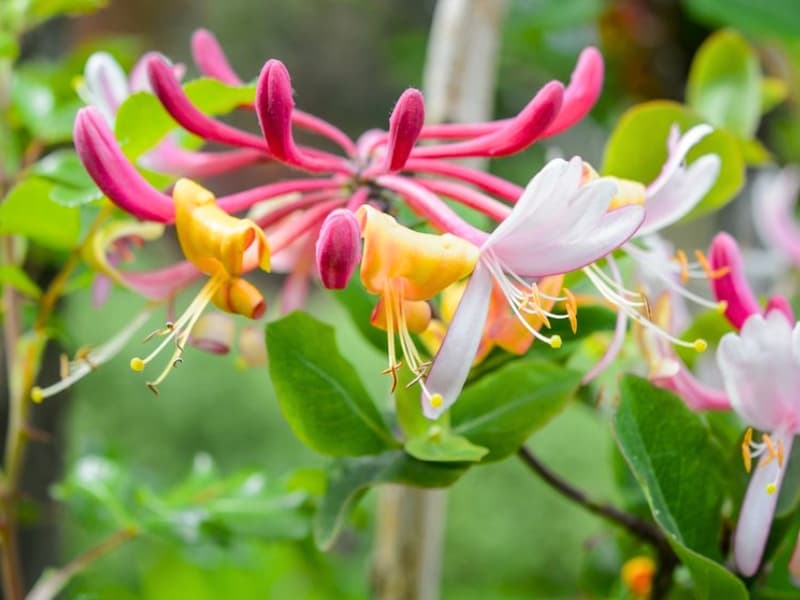
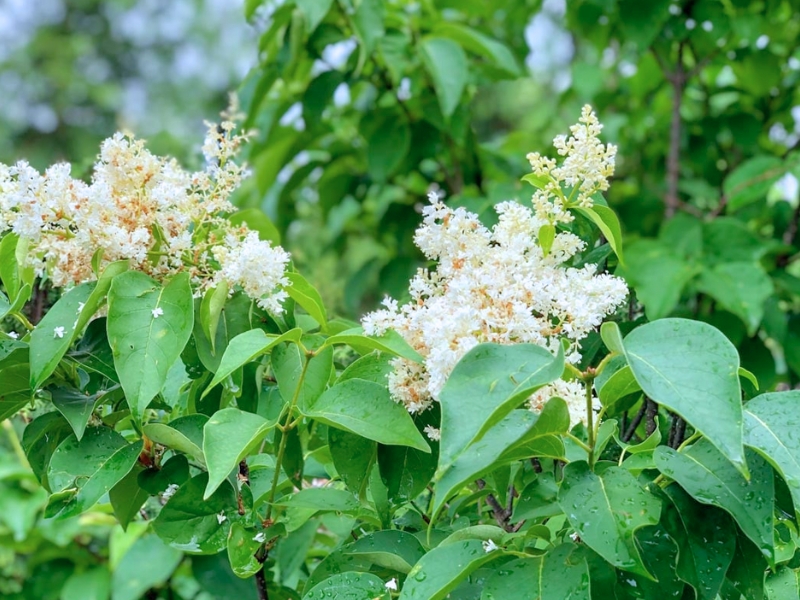
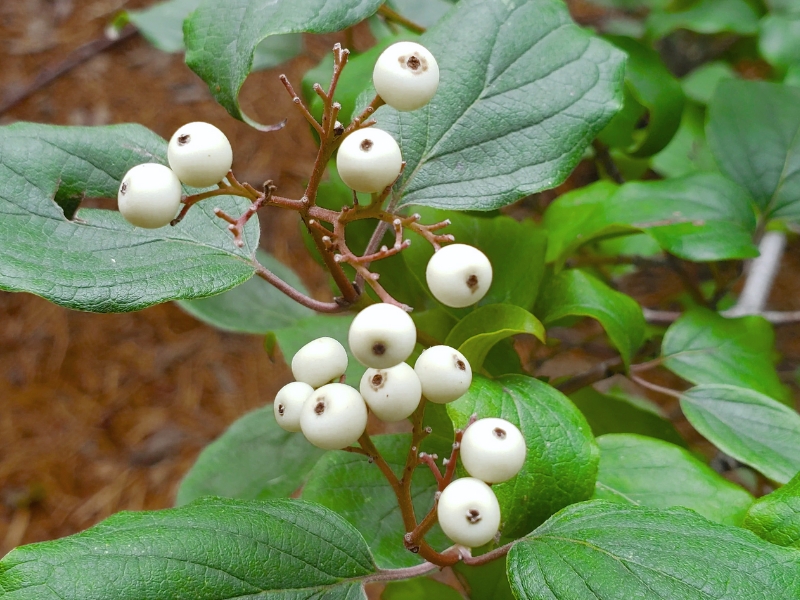
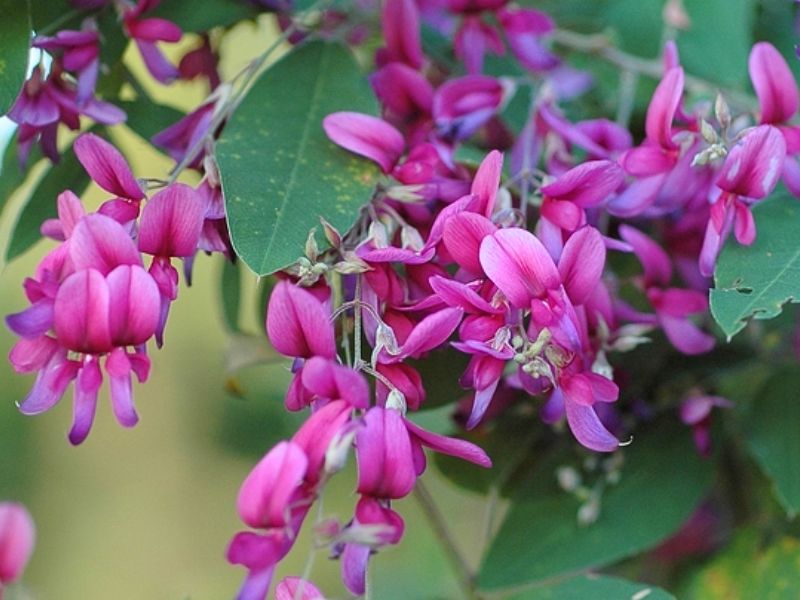
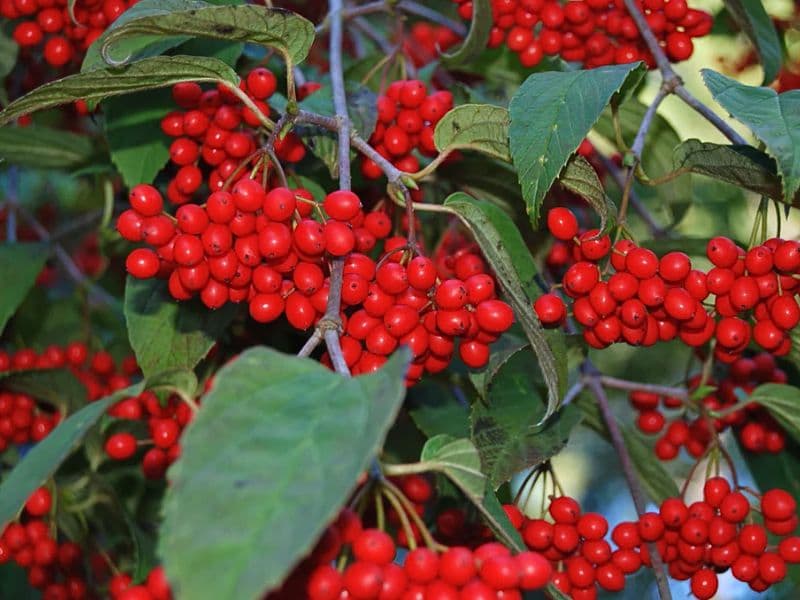
Leave a Reply